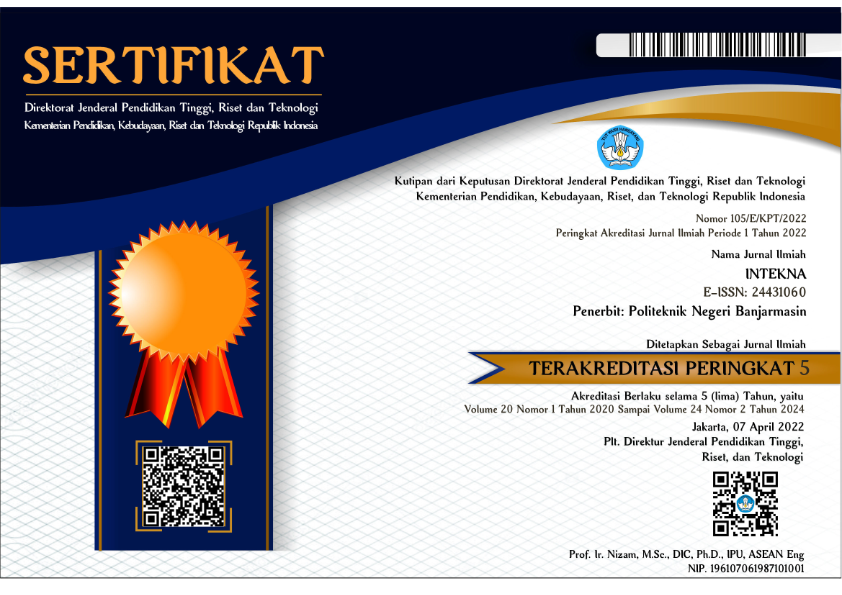THE TEACHING OF CRITICAL THINKING IN READING
Abstrak
Recent trends in the educational domain emphasize the importance of critical thinking skills for academic success and for life. Learners should be taught how to think rather than what to think. Judging, reasoning, problem solving, decision making are vital for successful academic and social lives (Collier, et al., 2002 cited in Alagozlu, 2006). Fur-ther, Dewey (1933), in his book, How We Think, proposes that critical thinking or reflec-tive thinking be one of education’s principal aims (cited in Fisher, 2001, Lipman, 2003). Ennis (1962), Paul and Elder (2002), Siegel (1990), Lipman (2003) and McPeck (1981) also are scholars associated with the tradition of using reflection for training in thinking. According to this tradition, educational institutions should not primarily provide students with facts and specific systems of knowing or meanings. Students should be equipped with skills and knowledge, so they can become critical learners who are cooperative, open-minded, reflective, and autonomous. Fostering students’ ability to think critically, to reason, and to use judgment in decision making enables them to successfully adapt to an ever-changing world.
Critical thinking is also particularly important in a democratic society life in this twenty first century (Beyer, 1985, Klentz, 1987 cited in Gustine, 2007). Dam and Volman (2004) point out that, critical thinking is the essence of thoughtful, democratic citizenship, and thus oc-cupies a central position in education in modern world. Marzano et al. (1988) hold a similar view: “The success of any democratic system depends on the individual’s ability to analyze problems and make thoughtful decisions. It has been also claimed that critical thinking is the basis of “progressive” thinking; thus it is valued by democratic social insti-tutions.
Many educators propose different teaching methods to foster students’ critical thinking ability. For example, Beyer (2001a cited in Buranapatana, 2006) indicates that teaching students to think critically is to give students opportunities to engage in productive learn-ing tasks that require them to produce or construct something new. It has also been indicated in literature that writing is a learning tool that can be effectively used to assist students in clarifying and evaluating their thinking and it is also an essential ingredient in critical thinking instruction since it promotes greater self-reflection and the taking of broa-der perspectives than does oral expression (Olson, 1984). Further, Paul (1993 cited in Emilia, 2005) asserts that critical writing promotes critical reading and critical thinking which in turns enhances critical writing. Applying critical thinking to the process of read-ing, which commonly known as critical reading (Kurland, 2000; Chafee, et al, 2002 cited in Emilia 2005), is other suggested method than can be conducted in the teaching of critical thinking.



